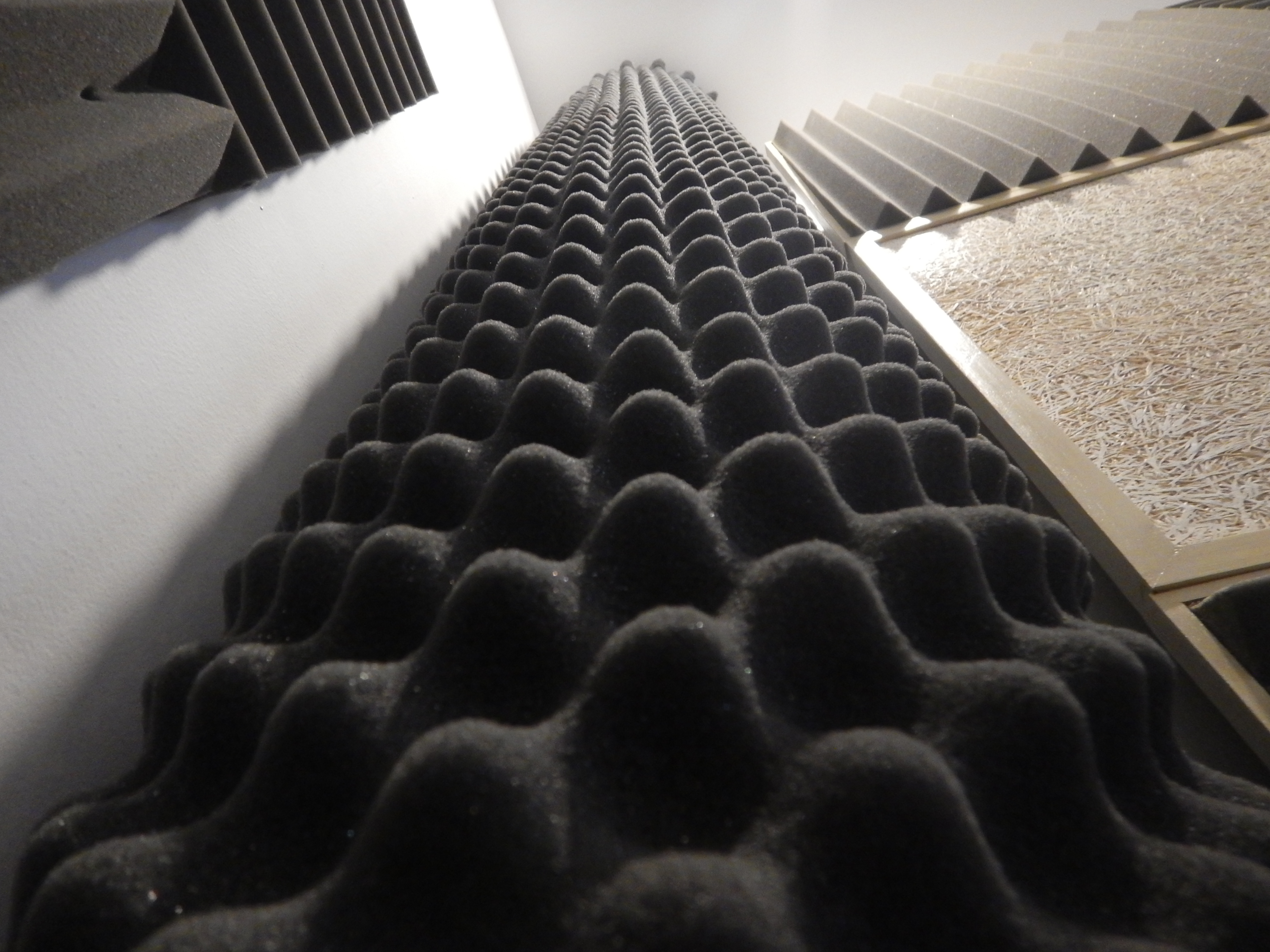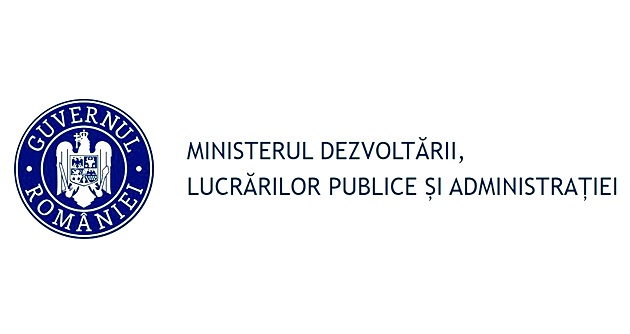615

The energy performance of a building is decisively influenced by the quality of its thermal insulation. In Romania, the most commonly used insulation materials remain basalt wool and graphite polystyrene, each with its own specific advantages and limitations.
According to a study conducted by the National Institute for Research and Development in Construction, basalt wool has an average thermal conductivity of λ = 0.035–0.040 W/mK, a Class A1 fire resistance, and excellent vapor permeability. It is preferred for ventilated facades and buildings with high fire protection requirements.
Graphite polystyrene, with an average thermal conductivity of λ = 0.031–0.033 W/mK, offers slightly better thermal performance at equal thicknesses and is more affordable (15–20% cheaper than basalt wool). However, it has low fire resistance (Class E) and requires additional protection.
A cost-benefit analysis shows that, over a 30-year period, basalt wool may generate greater savings in areas with high thermal amplitude, while graphite polystyrene is preferred in projects with tight budgets and no special fire resistance requirements.
Experts recommend selecting the material based on the building’s purpose, climatic zone, and safety requirements, sometimes combining both solutions in the same project.
(Photo: Freepik)




